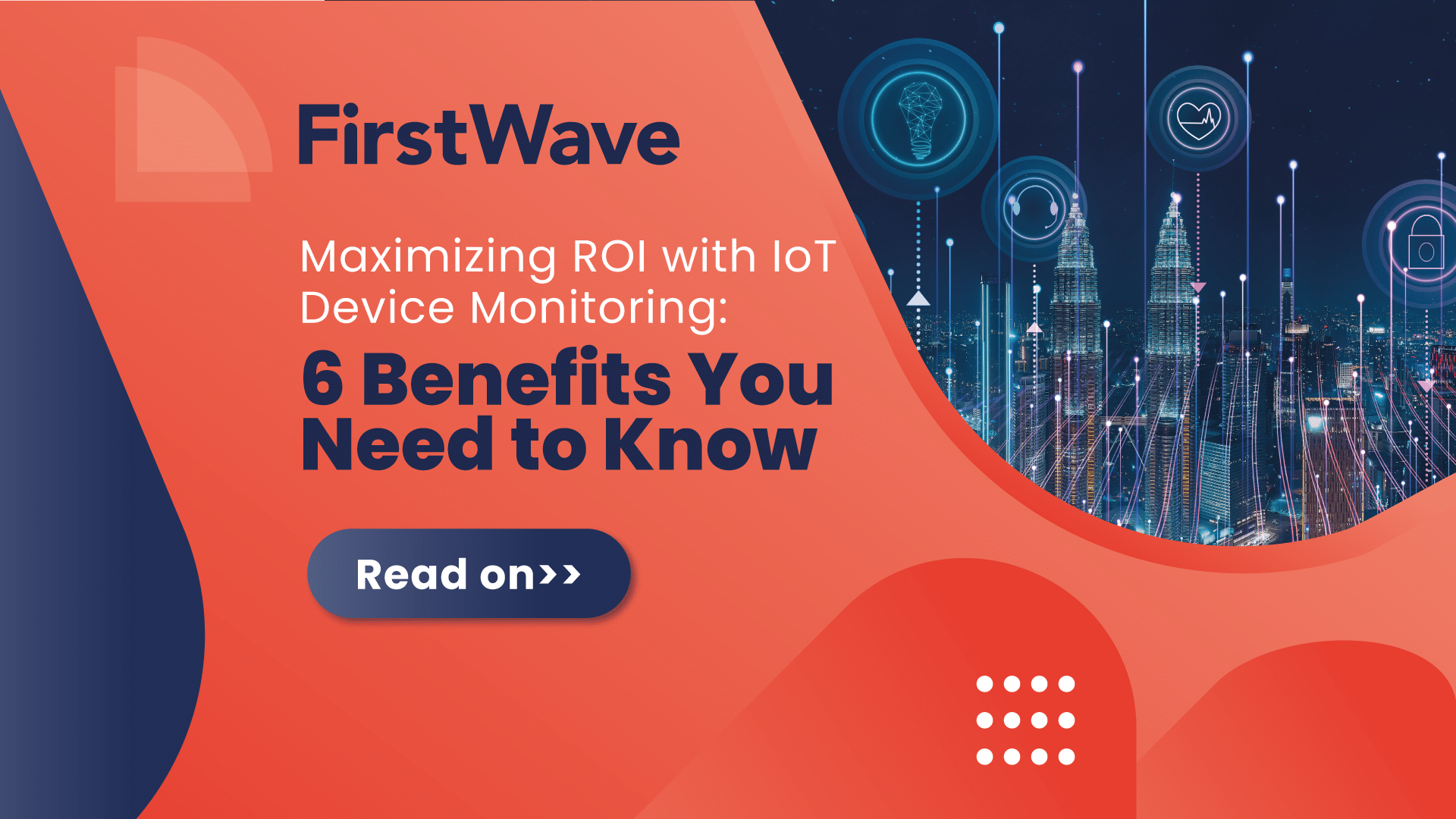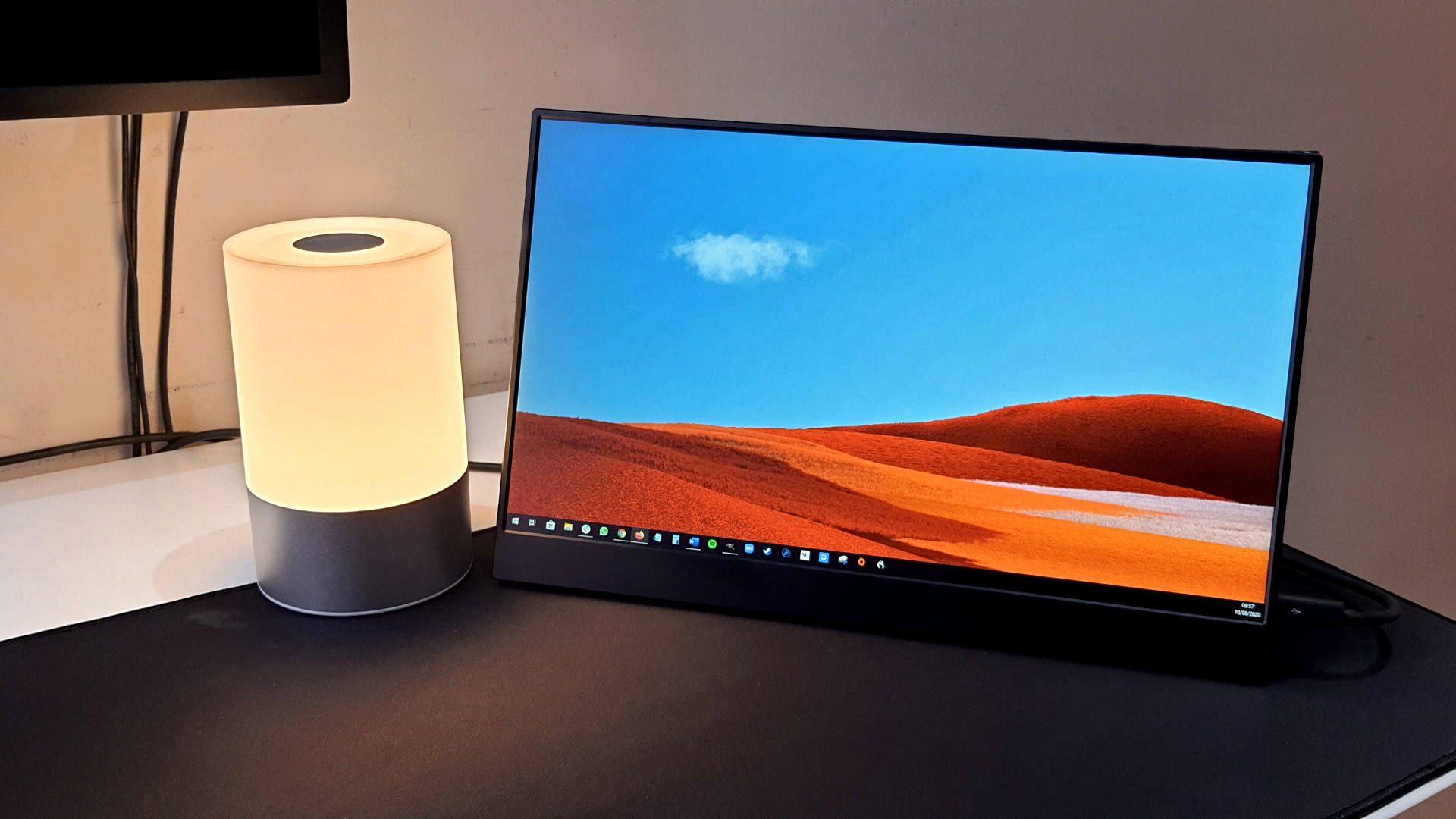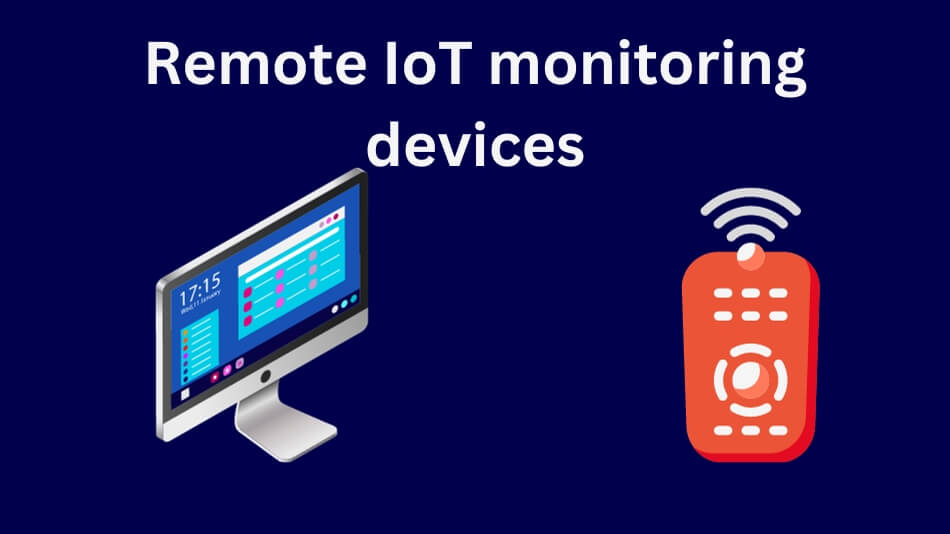The Best Remote IoT Monitor For Your Needs: A Comprehensive Guide
Keeping an eye on your things, especially those spread out far and wide, is a big deal these days. We're talking about all those smart devices and sensors that make up the Internet of Things, or IoT. Knowing what they are doing, where they are, and if they are working right, even when you're not physically there, is pretty much a must. Finding the best remote IoT monitor can truly make a difference for how you manage your operations, so it's almost a core part of staying on top of things.
Think about all the devices that collect information for you, perhaps in a factory, on a farm, or even across a city. These devices, well, they need someone to watch over them. A good remote IoT monitor is like having eyes and ears everywhere at once, giving you the peace of mind that comes from always knowing what's happening. It helps you keep things running smoothly, actually.
This guide is here to walk you through what makes a remote IoT monitor really stand out. We'll talk about what to look for, the good things they bring, and how to pick the one that fits what you need most. So, in some respects, you'll be able to make a very informed choice by the end of it.
- Abby Berner Leaks
- Masa49
- Hanalei Swan The 30m Shark Tank Deal She Turned Down Ndash What Happened
- Somali Nude Telegram
- Remoteiot Device Ssh
Table of Contents
- What is a Remote IoT Monitor, Anyway?
- Key Features to Look for in the Best Remote IoT Monitor
- Benefits of Using a Top-Tier Remote IoT Monitor
- Choosing the Best Remote IoT Monitor for You
- Current Trends in Remote IoT Monitoring
- Frequently Asked Questions
What is a Remote IoT Monitor, Anyway?
A remote IoT monitor is, well, a system that lets you keep tabs on your IoT devices from a distance. This means you don't have to be standing right next to a sensor in a field or a machine in a factory to know if it's working. It's a way to get information and even send commands to your connected things, often through a computer program or a phone app. Basically, it helps you manage your physical assets from anywhere, which is pretty handy, you know.
These systems gather information from various sensors and devices, then send that information to a central spot. You can then see this information presented in a way that makes sense, like on a screen with charts and graphs. It's about getting a clear picture of what's happening with your equipment, even if it's miles away. This capability is becoming very important for many kinds of operations, especially today.
More than Just a Dashboard
Some people might think a remote IoT monitor is just a screen showing numbers, but it's really more than that. It's a full system that collects, processes, and presents information. It can also help you act on that information. For instance, it might tell you when something needs attention, or even let you change a setting on a device from your office. It's a bit like having a control room for all your scattered equipment, which is rather neat.
Beyond just showing you information, these systems often have ways to help you understand what the information means. They can spot patterns or unusual happenings that you might miss just by looking at raw numbers. This helps you make sense of a lot of incoming information, actually.
Why It Matters for Your Business
For any business that uses IoT devices, having a good remote monitor is a huge plus. It means you can respond quickly to issues, keep things running smoothly, and make choices based on real, up-to-the-minute information. This can save you a lot of time and money in the long run. It's about staying ahead of things, in a way.
Imagine if a piece of equipment starts to have a problem. With a remote monitor, you'd know about it right away, sometimes even before it breaks down completely. This means you can fix it before it causes bigger issues or stops your work. This ability to react fast is very valuable for keeping things going without big interruptions, you know.
Key Features to Look for in the Best Remote IoT Monitor
When you are looking for the best remote IoT monitor, there are some key things you should definitely keep an eye out for. These features will help make sure the system truly helps you manage your devices well. So, consider these points carefully, by the way.
Real-time Data and Alerts
You want to know what's happening with your devices right now, not an hour ago. A top-notch remote IoT monitor gives you information as it comes in. This is called real-time data. It's like watching a live feed of your operations. This quick flow of information is pretty important for making fast decisions.
Along with seeing information right away, you also need to get warnings when something goes wrong or something unusual happens. These are alerts. They can come as messages to your phone or emails. For example, if a temperature sensor shows something too hot or too cold, you get a heads-up immediately. This helps you deal with problems before they get out of hand, you know.
The ability to set up different kinds of warnings for different situations is also very helpful. You might want a loud alarm for a critical issue and a quiet notification for something less urgent. This way, you get the right level of attention for each situation. This kind of system helps you prioritize your actions, actually.
Scalability and Flexibility
Your business might start with a few IoT devices, but it could grow to hundreds or thousands. A good remote IoT monitor should be able to handle this growth without falling apart. This is what we mean by scalability. It should be able to add more devices and more information without slowing down. It's about being ready for tomorrow, in a way.
Flexibility is also a big deal. You might have different kinds of devices from different makers, or you might want to change how you use your IoT system later on. The monitor should be able to work with many different types of devices and adapt to new ways of doing things. It should not tie you down to one specific path, you know.
Look for systems that let you easily add or remove devices, change settings, and even create new ways to look at your information. This kind of adaptability means your monitoring system can grow and change with your business. It's a pretty important aspect for long-term use, you see.
Security Measures
Your IoT devices collect a lot of information, and some of it might be private or very important to your business. Making sure this information is safe from people who shouldn't see it is a big part of any monitoring system. The best remote IoT monitor will have strong ways to keep your information secure. This is very serious business, obviously.
This means things like making sure only authorized people can get into the system, protecting information as it travels over the internet, and keeping it safe where it's stored. Look for systems that talk about their security practices clearly. You want to feel good about how your information is being handled. This peace of mind is pretty valuable, by the way.
Regular updates to the system's security features are also something to consider. The world of online threats changes all the time, so your monitoring system needs to keep up. A system that gets regular security improvements is a sign of a provider who cares about keeping your information safe. It shows a good level of care, you know.
Integration Capabilities
Your remote IoT monitor probably won't be the only computer system you use. You might have systems for managing your customers, your stock, or your finances. A truly good monitor can talk to these other systems. This is called integration. It means information can flow easily between different parts of your business. This helps everything work together more smoothly, actually.
For example, if your IoT device detects a problem, the monitoring system could automatically create a work order in your maintenance system. Or, if it tracks how much a machine is used, that information could go straight into your billing system. This saves you from having to move information by hand, which can save a lot of time. It's about making connections that help you out, you know.
Look for systems that offer open ways to connect with other software, perhaps through something called an API. This makes it easier for your different business tools to share information and work as one big, connected whole. It's a pretty big plus for overall efficiency, in a way.
User-Friendly Interface
Even the most powerful remote IoT monitor won't be much good if it's too hard to use. The screen you look at, the buttons you click, and how everything is laid out should be clear and simple to understand. This is about having a user-friendly interface. You shouldn't need a special degree just to figure out how to see your device information. It should just make sense, basically.
A good interface helps you find the information you need quickly and lets you do what you want to do without a lot of fuss. It should be easy to set up new alerts, look at historical information, and get a quick overview of your entire operation. This makes your daily work much less frustrating, you know.
Consider if you can customize the view to show you what matters most to you. Perhaps you want to see certain devices grouped together, or certain types of information highlighted. The ability to make the system fit how you like to work is a sign of a well-thought-out product. It can really help with how you interact with the system, actually.
Reporting and Analytics
Beyond just seeing what's happening now, you'll want to look back at what happened over time and try to understand patterns. A good remote IoT monitor will offer strong reporting tools. These tools let you create summaries of your device activity, perhaps for a day, a week, or a month. This helps you see the bigger picture, you know.
Analytics goes a step further. It helps you dig into the information to find out why things are happening. For example, it might show you that a certain machine always slows down on Fridays, or that a sensor gives odd readings when it rains. This kind of deeper look helps you make smarter choices about how you run things. It's about getting wisdom from your information, so to speak.
Look for systems that let you create different kinds of reports and visualize information in various ways, like charts, graphs, and maps. The ability to easily share these reports with others on your team is also very helpful. This way, everyone can be on the same page about how things are going, which is pretty important, by the way.
Benefits of Using a Top-Tier Remote IoT Monitor
Choosing a high-quality remote IoT monitor brings a lot of good things to your business. These benefits go beyond just seeing information; they can truly change how you operate for the better. So, let's look at some of the main advantages, you know.
Better Operational Efficiency
When you can watch your devices from anywhere, you make sure they are always doing what they should be doing. This leads to smoother operations and less wasted effort. You can spot problems quickly and deal with them before they cause big delays. This means your work gets done more reliably, actually.
Think about it: no more sending someone out to check on a device only to find it's working fine. Or, even better, catching a small issue before it becomes a major breakdown. This kind of smart management helps you use your resources more wisely, which is a big win for any business. It helps you save on things like fuel and staff time, pretty much.
Proactive Problem Solving
One of the best things about a remote IoT monitor is that it helps you fix problems before they even happen. If a device starts to show signs of trouble, like unusual temperature readings or a drop in performance, the system can warn you. This means you can step in and fix things before they break down completely. This approach is very much about prevention, you know.
This ability to act before a crisis hits is a huge time and money saver. It means less downtime for your equipment and fewer urgent, costly repairs. It's about being ready for what's coming, rather than reacting to what just happened. This forward-thinking approach is a big advantage, you see.
Cost Savings Over Time
While there's an initial cost to setting up a remote IoT monitor, the savings it brings can be quite significant over time. By avoiding breakdowns, reducing the need for physical checks, and making your operations more efficient, you can save money in many ways. This can really add up, actually.
Less wasted energy from poorly running machines, fewer trips to remote sites, and longer life for your equipment all contribute to a healthier budget. It's an investment that pays you back by making your business run smarter and leaner. This financial benefit is a strong reason to consider such a system, you know.
Enhanced Decision Making
With all that information flowing in from your devices, you get a much clearer picture of your operations. This means you can make choices that are based on real facts, not just guesses. Whether it's about when to do maintenance, how to use your resources, or where to put new devices, you'll have solid information to guide you. This helps you make choices with greater certainty, you know.
The reports and analytical tools mentioned earlier are key here. They turn raw information into useful insights that help you spot trends, identify areas for improvement, and plan for the future with more confidence. It's about having the right information at the right moment, which is pretty much a must for any business looking to improve.
Choosing the Best Remote IoT Monitor for You
So, how do you pick the best remote IoT monitor from all the choices out there? It comes down to thinking about what you really need and what makes a provider trustworthy. This step is very important for getting a system that truly works for you, you know.
Assessing Your Specific Needs
Before you even start looking, sit down and think about what you want the monitor to do for you. What kinds of devices do you have? What information do you need to collect? How often do you need to see that information? What problems are you trying to solve? Being clear about your needs will help you narrow down the options significantly. This is the starting point for finding something that best suits your needs, actually.
Consider your budget, too. How much are you willing to spend? Remember, it's not just the upfront cost, but also ongoing fees for things like data transfer and support. A clear idea of your budget helps you stay within your financial comfort zone. It's about being practical, you see.
Considering Vendor Reputation and Support
The company providing the remote IoT monitor is just as important as the product itself. Look for providers who have a good name for being reliable and helpful. Do they offer good customer support? Can you get help when you need it, and will they answer your questions clearly? Good support can make a big difference when you're setting up or using the system. This kind of help is pretty valuable, you know.
It's also a good idea to see if they have experience with businesses like yours. A provider who understands your industry might offer solutions that are a better fit for your particular challenges. Ask about their track record and what kind of ongoing help they provide. It shows they care about their customers, in

Best Remote IoT Device Software Free: Unlocking Connectivity Without Breaking The Bank

Best RemoteIoT Monitor: Revolutionizing How We Manage IoT Systems

Remote IoT Monitoring Android APK: Your Ultimate Guide To Smart Device Management